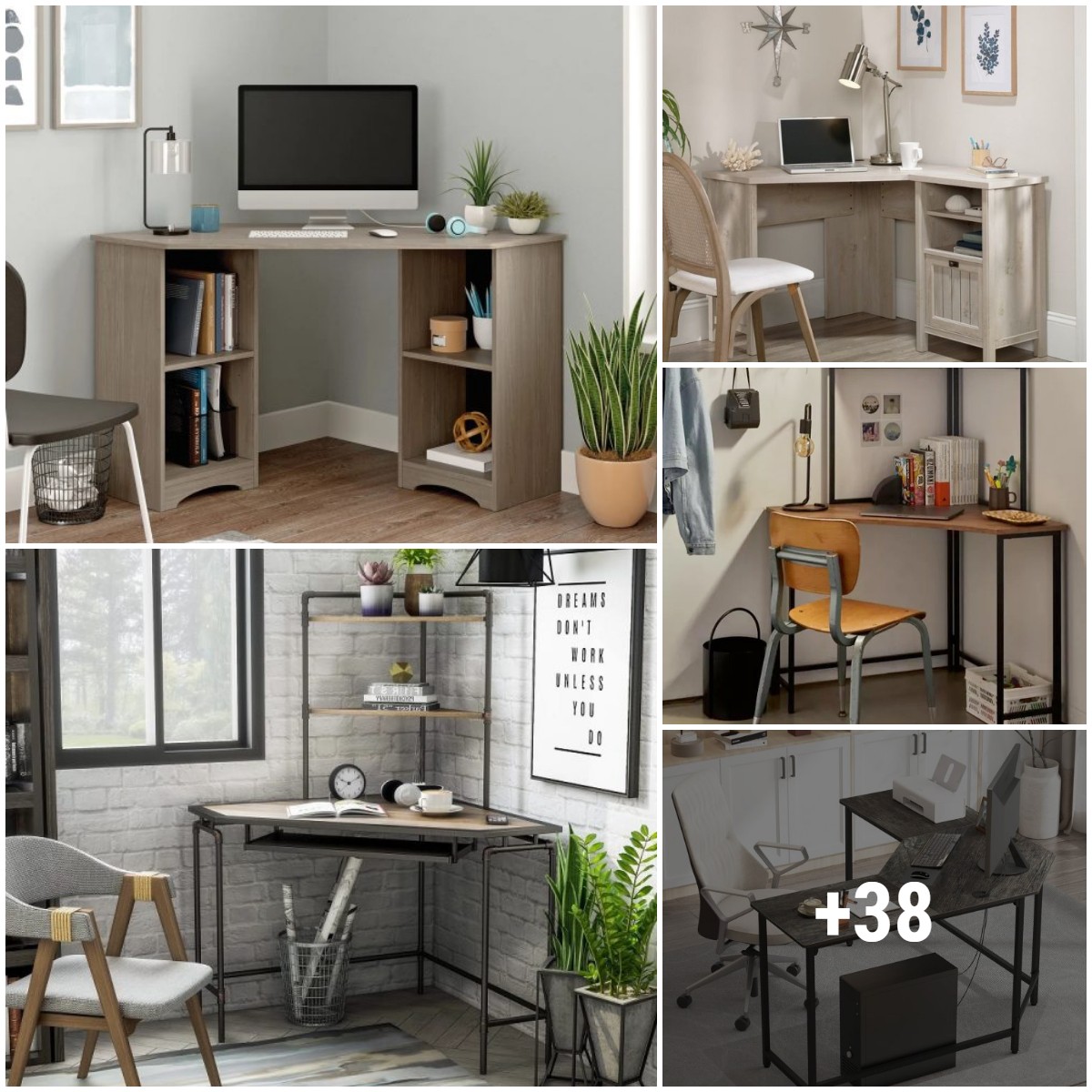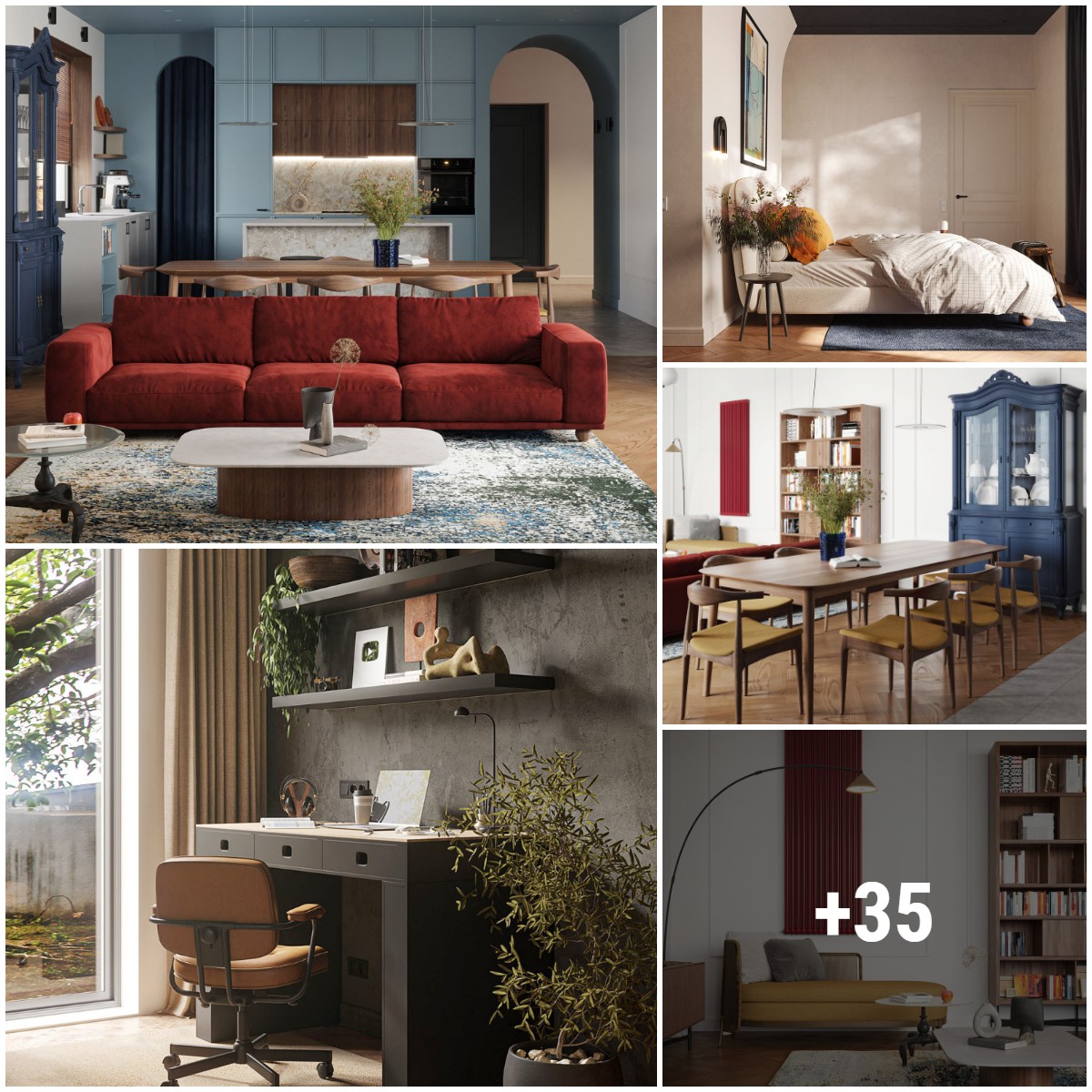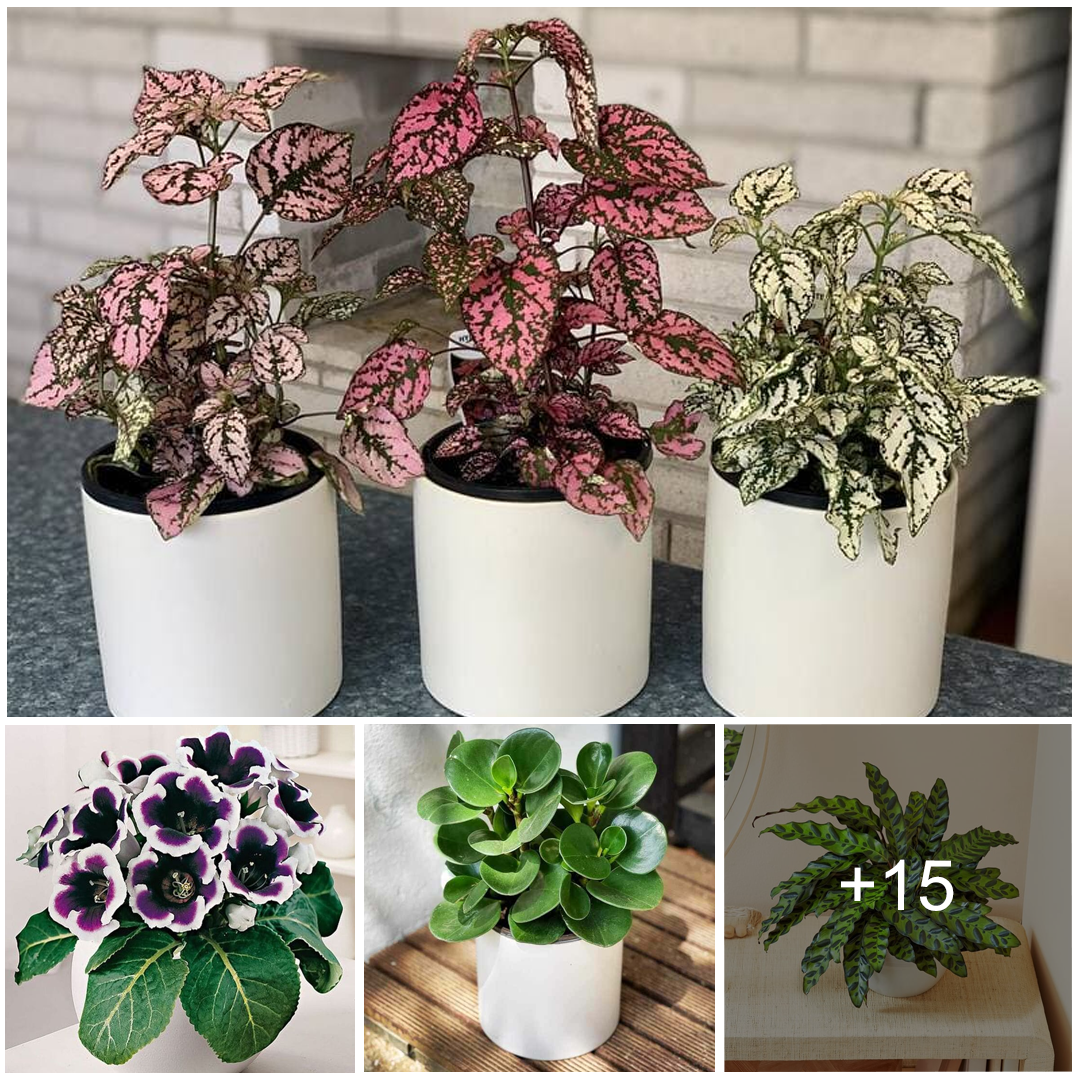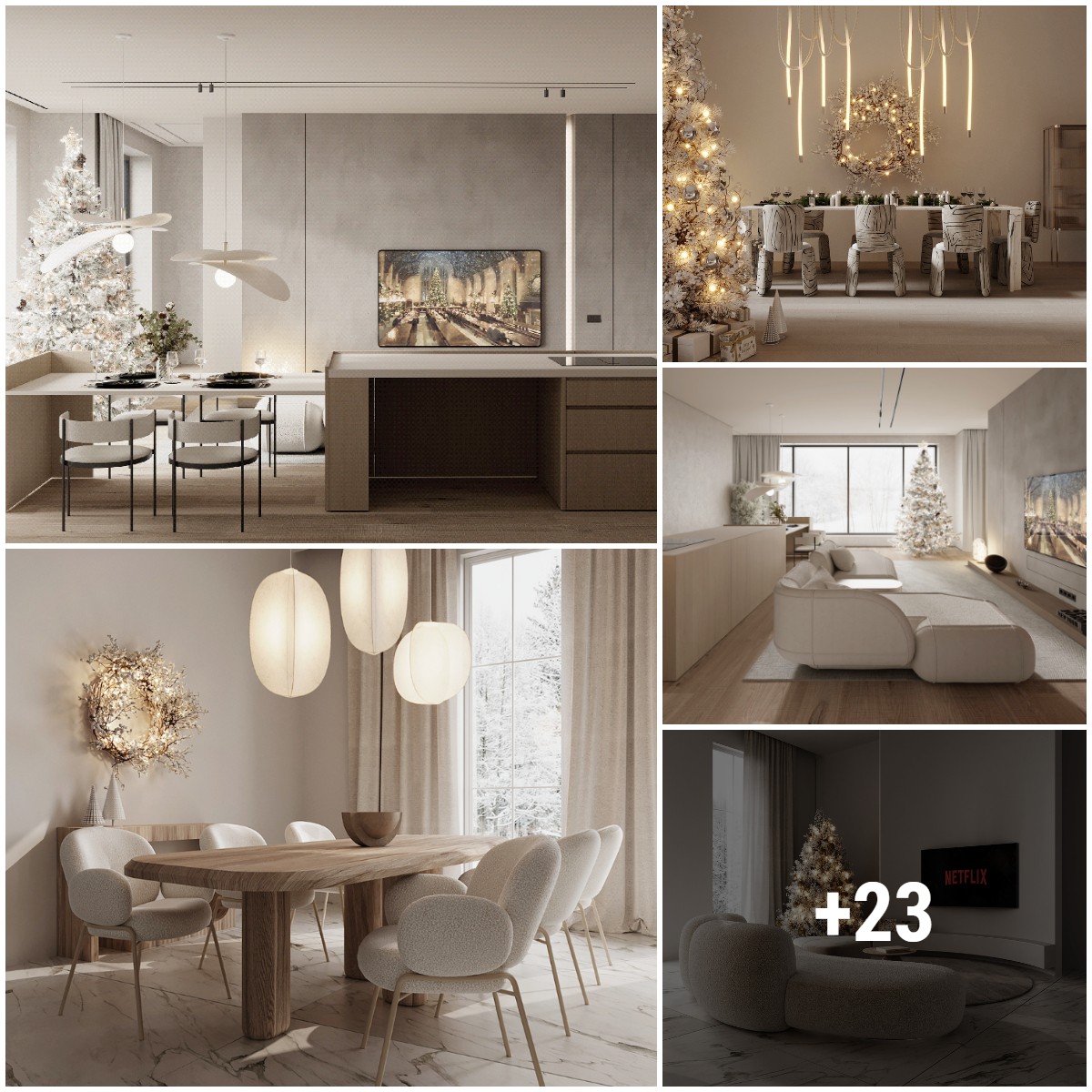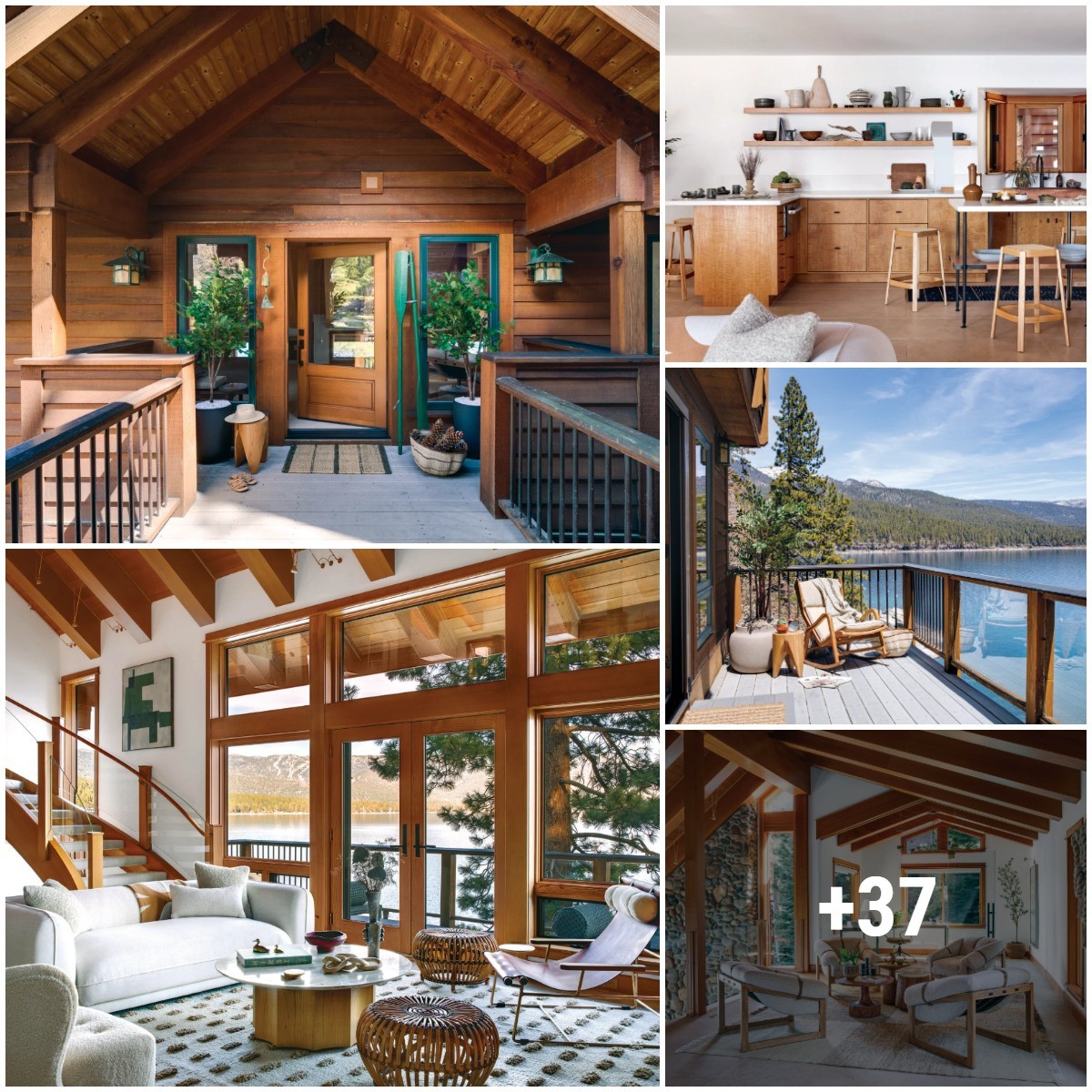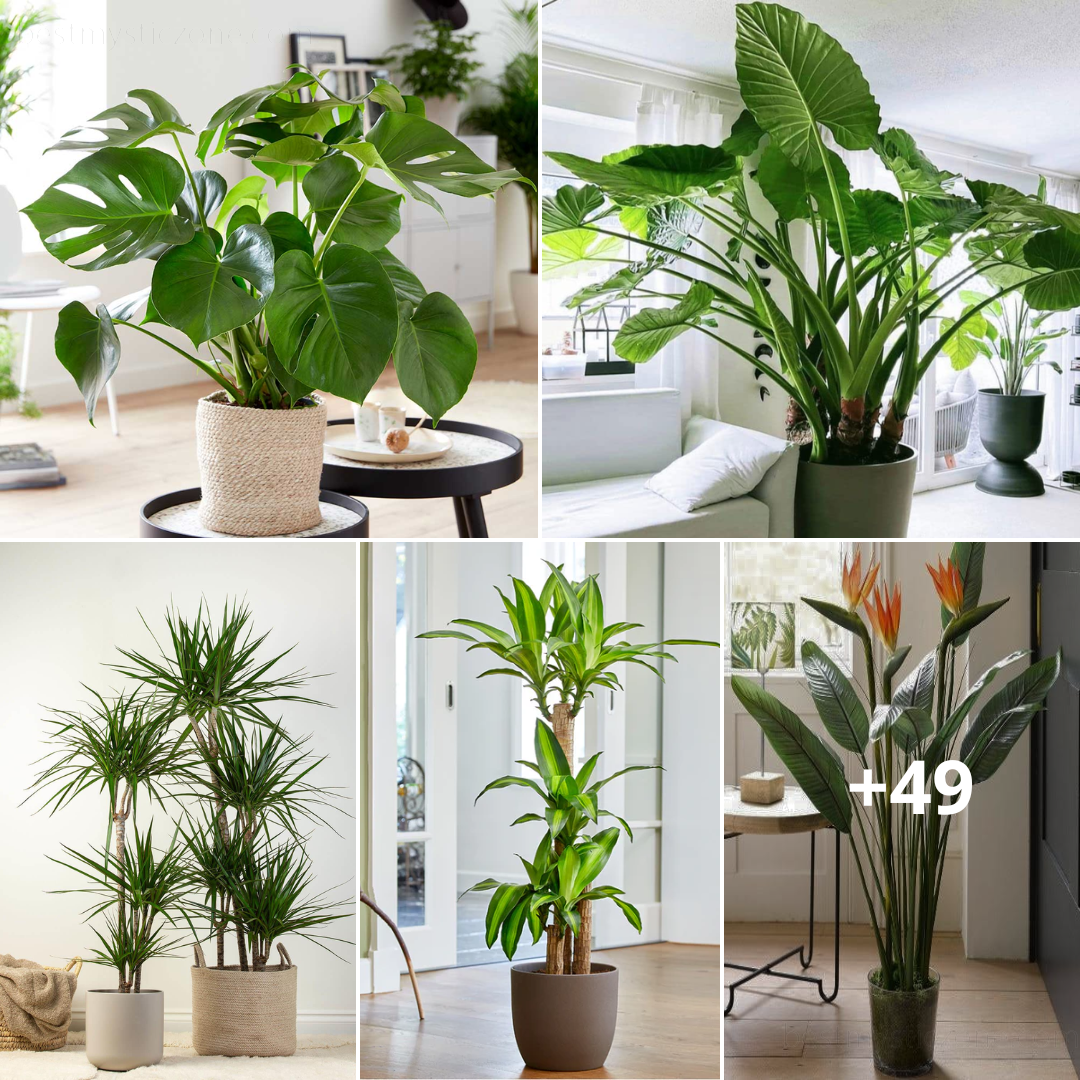:max_bytes(150000):strip_icc():format(webp)/GettyImages-1352819030-05889673b7c54a1fb72395b1b309be2a.jpg)
With the right selection of plants, you can create your own indoor jungle, even if you don’t have lots of natural light streaming through your windows. Here are some of the best tall low-light plants for indoors. From trees to succulents, there’s something tall on this list for everyone — no matter the width of the space. As long as you’ve got vertical room, you’re set.
Read on for 19 tall houseplants that can live in low-light conditions.
-
01of 19
Snake Plant (Dracaena spp.)
:max_bytes(150000):strip_icc():format(webp)/GettyImages-1268045137-2f00ddfb37d845f684b7984d9069b29e.jpg)
Grumpy Cow Studios / Getty Images
Snake plants are very hardy plants. They can survive in almost any condition including low light (if you do choose to place it in a room with no windows, make sure you have some sort of grow light nearby). They come in a variety of sizes and can grow up to three feet tall indoors, making this an excellent accent for the corner in your home.
- Light: Full shade or bright, indirect light.
- Water: Water when soil feels dry, every few weeks.
- Toxicity: Toxic to cats and dogs1
-
02of 19
Monstera (Monstera deliciosa)
:max_bytes(150000):strip_icc():format(webp)/GettyImages-1202757463-59846a00842e4cf18894770a74103b70.jpg)
TorriPhoto / Getty Images
Monsteras are one of the most popular plants out there and with their neat fenestrations it’s no surprise why. It’s super easy to care for and will still give you new growth in low-light situations, though perhaps without the fenestrations. If you want to keep your plant the size it is, opting for a low-light location is actually better as these can grow really quickly in bright light and end up requiring a lot of space.
- Light: Light shade or bright indirect light.
- Water: Water when the top two inches of soil are dry
- Toxicity: Toxic to pets2
-
03of 19
Corn Plant (Dracaena fragrans)
:max_bytes(150000):strip_icc():format(webp)/grow-dracaena-fragrans-indoors-1902748-final-06-75aa2b857e9d469eb999a4f2bdbc1baa.jpg)
The Spruce / Cara Cormack
Corn plants can grow super tall in the wild. Indoors it can get to about six feet indoors. If you have a shady spot, a corn plant will survive, it’ll even put out new growth. However, if you want it to grow super tall, it will prefer brighter light. It’s a fairly low maintenance plant so it’s perfect if you don’t want to devote too much time to plant care.
- Light: Light shade to bright, indrect light
- Water: Let the soil dry out completely before watering.
- Toxicity: Toxic to pets3
-
04of 19
Rubber Plant (Ficus elastica)
:max_bytes(150000):strip_icc():format(webp)/grow-rubber-plant-ficus-indoors-1902755-02-700e0cea38e14a8987348973fb193f29-b76d3cb89cde450db1edaa4e9140601f-1248d097956e4fa29244de72ede26073.jpg)
The Spruce / Cara Cormack
Rubber plants are really trees when you see them outdoors. They were once used to make rubber with the white latex that you can find in the veins. The plant likes some light, so try not to keep it in the darkest corner of your home.
- Light: Light shade to bright, indrect light
- Water: Water when the top two inches of soil are dry
- Toxicity: Toxic to pets4
-
05of 19
Dragon Tree (Dracaena spp.)
:max_bytes(150000):strip_icc():format(webp)/the-best-tall-plants-for-containers-4142017-09-c6c356e9e82c4c03af7bf142ce5dce29.jpeg)
The Spruce / Krystal Slagle
Dragon trees are a really easy plant to care for and they can grow up to 3 feet tall indoors. They seem to grow in just about any lighting situation which makes this an excellent choice if you don’t have a ton of natural light in your home.
- Light: Semi shade, or indirect light
- Water: Allow the top two inches to dry out before watering.
- Toxicity: Toxic to pets5
-
06of 19
Parlor Palm (Chamaedorea elegans)
:max_bytes(150000):strip_icc():format(webp)/GettyImages-988625944-ca59580f3f16406c98de4286f690e4db.jpg)
dropStock / Getty Images
Parlor palms first became popular during the Victorian times when it was frequently kept in parlors — hence its name. They’re really easy to care for and tolerate low light conditions. They grow super slowly, so if you want a tall one it’s best to buy one that size instead of waiting for it to grow taller.
- Light: Partial shade to moderate bright light
- Water: Water when the top inch of soil feels dry
- Toxicity: Non-toxic
-
07of 19
ZZ Plant (Zamioculcas zamiifolia)
:max_bytes(150000):strip_icc():format(webp)/GettyImages-1433288591-ca967234a0bc4b5f9c70c7d4501f6a40.jpg)
Natalia Gdovskaia / Getty Images
ZZ plants are one of those hard to kill plants. They are relatively drought intolerant and can grow in pretty much any light situation however they do grow quite slowly. This is another plant that if you want a large one now, buy one as it will take a long time for it to get big and tall.
- Light: Full shade to bright, indirect light.
- Water: Let soil dry out completely in between waterings
- Toxicity: Toxic people and pets6
-
08of 19
Kentia Palm (Howea forsteriana)
:max_bytes(150000):strip_icc():format(webp)/GettyImages-1307214688-1a8e19e1f27449e3aec18aac9e07ca13.jpg)
Photology1971 / Getty Images
Outdoors, kentia palms can grow up to 40 feet tall if they have the right conditions. Indoors, it won’t grow anywhere near that tall. However it is a great plant if you’re looking for a statement piece. It grows very slowly but can do well in low-light.
- Light: Partial shade but will do better in a room with a lot of light
- Water: Water when the top two inches of soil are dry
- Toxicity: Non-toxic
-
09of 19
Golden Pothos (Epipremnum aureum)
:max_bytes(150000):strip_icc():format(webp)/GettyImages-1353592039-c859e6b96c124c6ebe60436e91d90533.jpg)
mtreasure / Getty Images
While you may not think that pothos is a tall plant, if you train it to grow up a wall or moss pole, it can be! Simply wrap the vines around the pole and you’ll have a really fun plant in your home. These are easy to care for and can even thrive in low-light situations.
- Light: Full shade to bright light
- Water: Water when the top two inches of soil are dry
- Toxicity: Toxic to pets7
-
10of 19
Cast Iron Plant (Aspidistra elatior)
:max_bytes(150000):strip_icc():format(webp)/GettyImages-1253049188-610bafc552e043c2b99f74e9464813c4.jpg)
RamilF / Getty Images
The cast iron plant gets its name because they’re almost impossible to kill. It’s the kind of plant that you can just leave in a corner and it will probably be fine. (Okay, not forever, but at least for a while.)
- Light: Full shade to bright, indirect light
- Water: Water when the soil is completely dry
- Toxicity: Non-toxic
-
11of 19
Money Tree (Pachira aquatica)
:max_bytes(150000):strip_icc():format(webp)/get-to-know-the-feng-shui-money-plant-1275013-6-a11a86b1c5664f28a1848a5089b8aaed.jpg)
The Spruce / Krystal Slagle
You’ll usually recognize these plants because of their braided trunks, which are linked to fortune and prosperity. And lucky for you, it will be alright in a shaded area. Keep in mind that it won’t grow too much in the shade, but it will stay alive.
- Light: Partial shade to bright, indirect light
- Water: Water when the soil is completely dry
- Toxicity: Non-toxic
-
12of 19
Calathea (Calathea spp.)
:max_bytes(150000):strip_icc():format(webp)/GettyImages-1402164492-f26d2e99e5504a6291a809c539f6059a.jpg)
sarayut Thaneerat / Getty Images
Calathea can be a bit finicky but they sure are beautiful. They have gorgeous foliage with purple-red undersides. The most important thing to pay attention to with calathea is humidity. Keep it in a humid room like your bathroom or kitchen or give it a pebble tray.
- Light: Partial shade to bright, indirect light
- Water: Water when the top two inches of soil are dry
- Toxicity: Non-toxic
-
13of 19
Alocasia Zebrina (Alocasia zebrina)
:max_bytes(150000):strip_icc():format(webp)/alocasia-zebrina-1-0b2a8e0693614c5b94c2838a3039c24f.jpg)
The Spruce / Cori Sears
One of the more unique plants out there is the Alocasia zebrina. It has the most striking zebra-print stem and grows large leaves, similar in shape to an elephant’s ear. The large leaves actually help it get more sunlight, which means that it’ll do okay in a partially shaded spot.
- Light: Partial shade to bright, indirect light
- Water: Water when the top two inches of soil are dry
- Toxicity: Toxic if ingested8
-
14of 19
Banana Plant (M. acuminata ‘Dwarf Cavendish’)
If you don’t mind if your banana plant doesn’t grow a lot, you can keep it in a partially shaded spot. It will survive in low-light, but to thrive it needs brighter light. It really loves humidity so make sure you’ve placed a humidifier near it so it stays happy.
- Light: Partial shade to bright light
- Water: Water when the top two inches of soil are dry
- Toxicity: Non-toxic
-
15of 19
Chinese Evergreen (Aglaonema)
:max_bytes(150000):strip_icc():format(webp)/grow-aglaonema-houseplants-1902734-03-6a2cd887ec4c47839ec26f9797c44939-48741bc298684c3da059c9d5f5c1fe26.jpeg)
The Spruce / Letícia Almeida
Chinese evergreen can be found in a variety of color combos ranging from silver and green to red and green. If you have a red one, you’ll probably want to keep it in bright, indirect light to maintain the coloring. However, the green varieties are just fine in low light.
- Light: Partial shade to bright, indirect light
- Water: Water when the top two inches of soil are dry
- Toxicity: Non-toxic
-
16of 19
Triostar (Stromanthe sanguinea)
:max_bytes(150000):strip_icc():format(webp)/triostar-stromanthe-plant-profile-5069126-02-6354e0a5e4f848659fdedb4b1a52760d.jpg)
The Spruce / Anastasiia Tretiak
Native to the rainforests of South America, the triostar can survive in low light as it’s used to dappled light from growing underneath large trees. It loves moisture so keep it in the bathroom or kitchen or add a pebble tray.
- Light: Shade to bright, indirect light
- Water: Water when the top two inches of soil are dry
- Toxicity: Non-toxic
-
